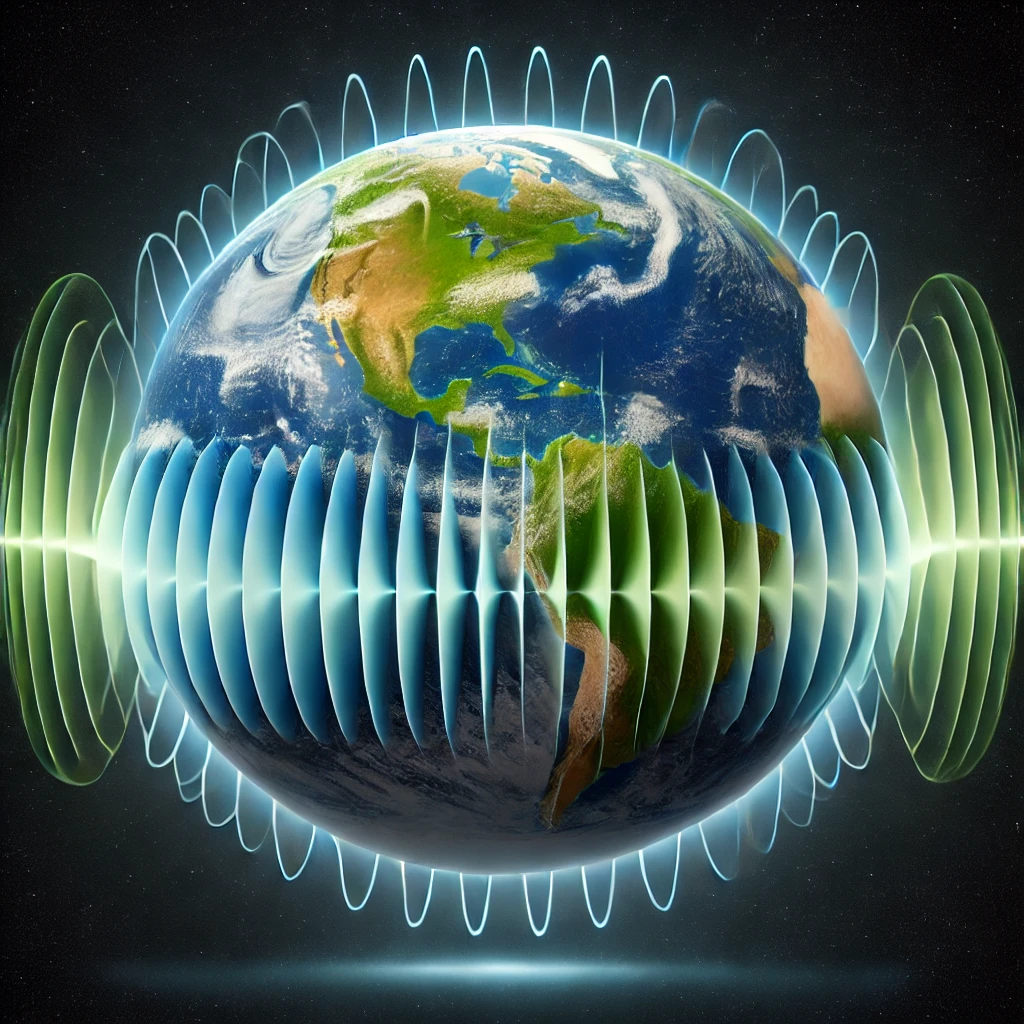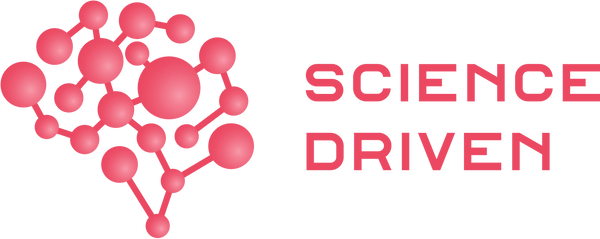
Schumann Resonance: Why do we feel that time passes faster?
Mike MunayShare
Have you noticed that, in recent years, time seems to fly by much faster? Days feel shorter, weeks pass before you know it, and completing everything you set out to do in a single day feels like an impossible task. No matter how organized you are, something always remains unfinished.
This feeling that time is speeding up is not just your perception; it’s something many people are experiencing. And no, it’s not just because we’re busier or overwhelmed with technology; some suggest that something deeper could be affecting our perception of time.
Perhaps, in the background of it all, there’s a more complex reason, something that has to do with the planet itself and how it interacts with us. Even if we don’t notice, there might be a natural phenomenon tied to this sense of acceleration in our lives.
What if the Earth’s rhythm was influencing our own daily pace without us realizing it?
The Schumann Resonance
The Schumann resonance is like the planet’s natural pulse, a silent heartbeat that has been present for thousands of years, and even though we don’t notice it, it’s there as part of the Earth’s natural balance.
Imagine the Earth as a giant drum, and the atmosphere (the layer of air surrounding the planet) as the drum’s membrane. When you hit the drum, it vibrates and produces sounds. Something similar happens with the Schumann resonance, but instead of drumbeats, the vibrations are generated by lightning and thunderstorms on our planet, along with the influence of solar radiation on the atmosphere.
What exactly is happening?
The Earth and its atmosphere form a kind of giant cavity between the planet’s surface and the lower part of the ionosphere, which is the layer of the atmosphere where charged particles start to appear due to solar radiation.
Lightning strikes anywhere in the world emit electromagnetic pulses. These pulses travel and bounce between the Earth’s surface and the ionosphere, creating low-frequency waves that get trapped inside this cavity.
These waves organize into a pattern that has a specific frequency, like the strings of a guitar vibrating at different tones. The most well-known frequency of the Schumann resonance is around 7.83 Hz, meaning the waves vibrate 7.83 times per second.
You can read more about waves in our article on electromagnetic waves, where you can technically understand what they mean.
Why is this interesting?
Firstly, these frequencies exist naturally and are present all over the world. Like the drum is always “playing,” even though we can’t hear it with our ears, these electromagnetic waves are constantly present.
An interesting technical fact is that there is not just one frequency but several harmonics. The primary frequency is 7.83 Hz, but there are also higher ones, such as 14 Hz, 20 Hz, and so on. These numbers are significant because they are very low, meaning they have little direct impact on our electronic devices, yet they are constantly “vibrating” in the background of everything we do.
How is it measured?
The Schumann resonance can be measured with very sensitive antennas that pick up low-frequency electromagnetic waves. These measurements allow scientists to monitor not only the behavior of thunderstorms but also fluctuations in the ionosphere and other phenomena related to solar activity and weather conditions.
The Schumann Resonance and the Passage of Time
The relationship between the Schumann resonance and the perception of time passing is an interesting, yet somewhat controversial, topic.
Some theories suggest that, since the Schumann resonance frequency is within a range that can influence the human brain (our brains also have low-frequency electromagnetic waves), it could have some impact on how we feel or perceive time.
To date, there is no conclusive evidence that this is true.
Why is it thought to affect our perception of time?
The Schumann resonance, especially the frequency of 7.83 Hz, falls within a range similar to human brainwaves.
Brainwaves, such as alpha waves, have frequencies ranging from 8 to 12 Hz and are associated with states of relaxation and meditation. This similarity has led to the hypothesis that there could be synchronization between brainwaves and the Earth’s natural electromagnetic waves.
In our article on brainwaves, you can find more information about brainwaves and their impact on the human body.
Some scientists suggest that if the Schumann resonance changes (for example, with increased storm activity or variations in the ionosphere), it could have an impact on our brains and, therefore, on how we perceive time.
The idea has been raised that changes in these frequencies might be related to the sensation that time is passing faster or slower.
What do the studies say?
So far, formal studies on this subject are in their early stages, and there are no solid results confirming this relationship.
- Neuroscience research: Some neuroscientists have explored how low-frequency electromagnetic frequencies, such as the Schumann resonance, might influence brain activity. So far, no direct connection between the Schumann resonance and changes in time perception has been proven, although it has been documented that brainwaves can synchronize with certain external stimuli of specific frequencies.
- Research on well-being: In parallel, some studies in alternative medicine and biophysics have suggested that the Schumann resonance might be connected to overall well-being, as some people claim to feel more aligned with the Earth’s “natural frequency.” However, these studies do not have widespread support within the scientific community.
- Schumann resonance monitoring: Organizations like NASA and the HeartMath Institute (an entity that studies the connection between emotional health and the electromagnetic environment) are interested in monitoring the Schumann resonance. HeartMath, for example, has launched projects investigating how the planet’s electromagnetic fields influence human beings. Although their research does not focus directly on time perception, it opens the door to more studies on how these phenomena might affect human physiology.
- International projects: Some researchers in Europe are also observing how variations in the planet’s natural frequencies might be related to changes in human behavior. These studies, although still preliminary, aim to better understand the connection between electromagnetic waves and the brain.
What has been proven and what has not?
What has been proven:
- It has been confirmed that the Schumann resonance is a real phenomenon and that its primary frequency is 7.83 Hz, along with other harmonic frequencies.
- It has also been demonstrated that human brainwaves can synchronize with external frequencies, although this generally occurs with very specific stimuli and not automatically or consistently.
What has not been proven:
- It has not been conclusively proven that the Schumann resonance affects our perception of time.
- No direct correlation has been found between fluctuations in Schumann frequencies and noticeable changes in human behavior or health.
- There is no robust scientific evidence supporting the idea that the Earth’s waves directly influence productivity or the sensation that days are passing faster.
Conclusion
Although the Schumann resonance is a fascinating phenomenon that resonates globally, the relationship between these frequencies and our perception of time remains an area of investigation and unproven. Nevertheless, it remains a promising field for future studies, especially in neuroscience and biophysics, which may shed light on whether and how the planet’s natural rhythms interact with our bodies and minds.
For more information on ongoing studies, you can check out some of these links:
